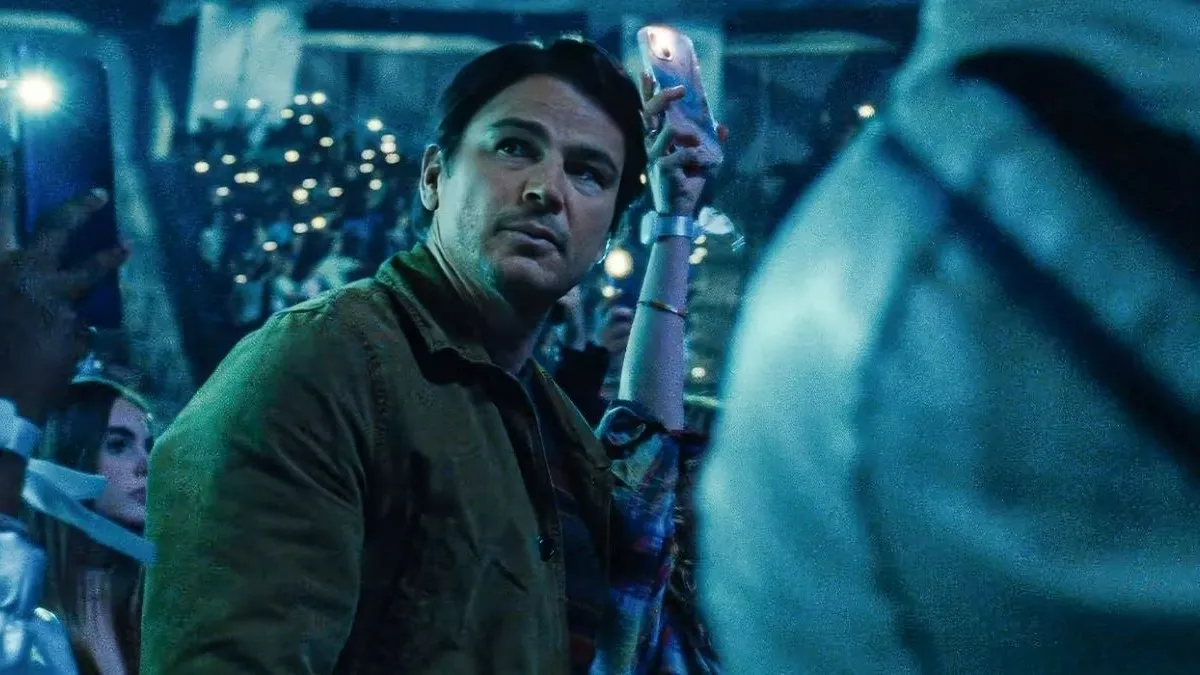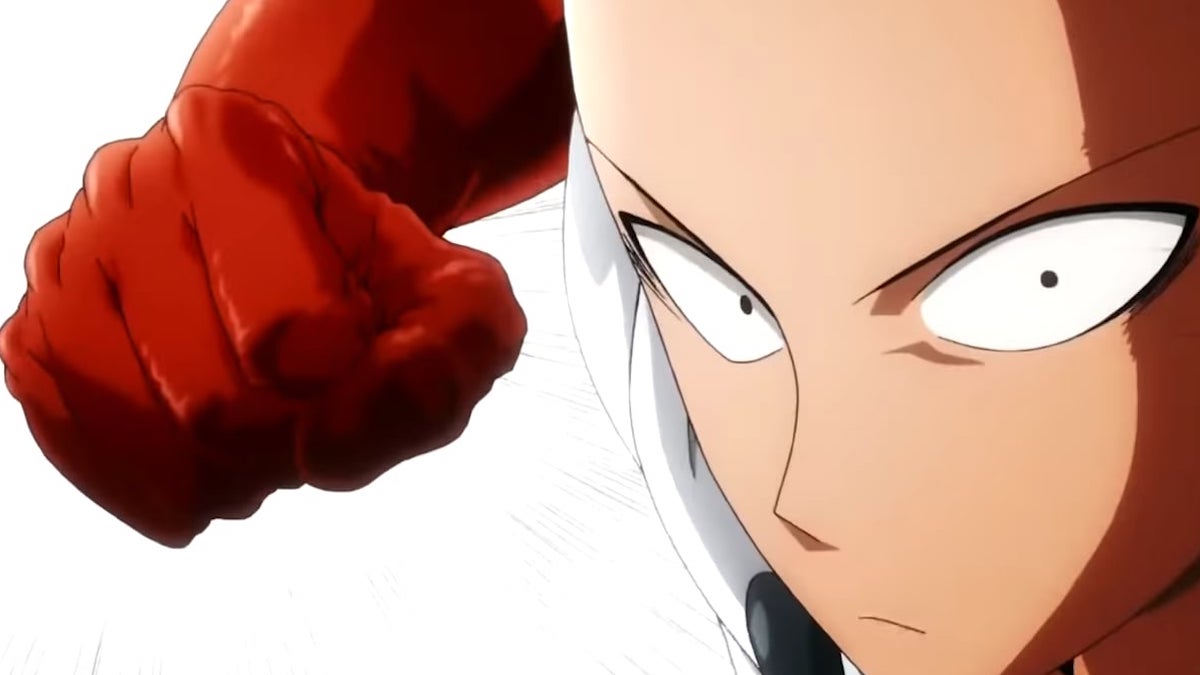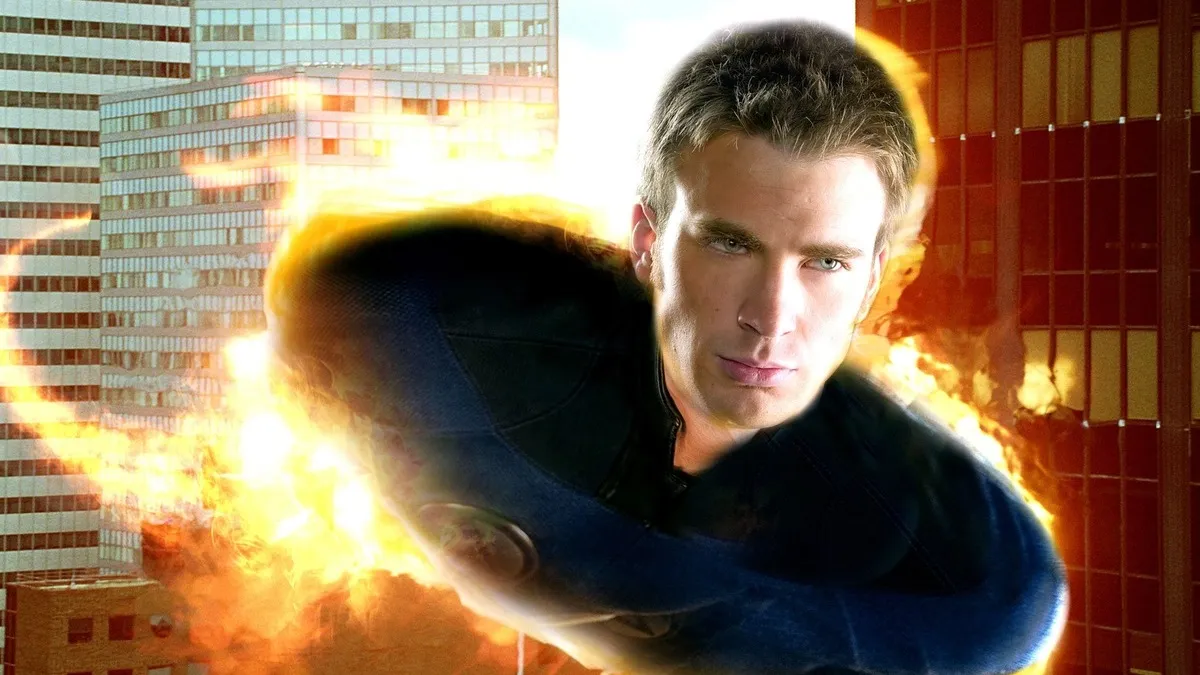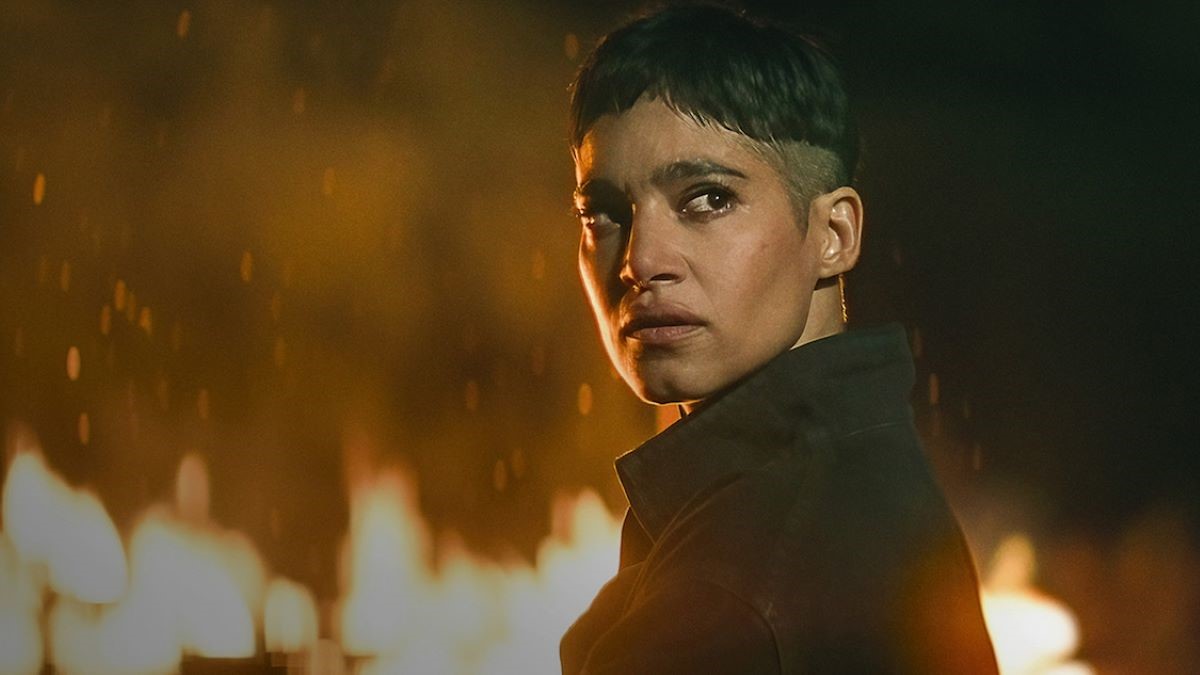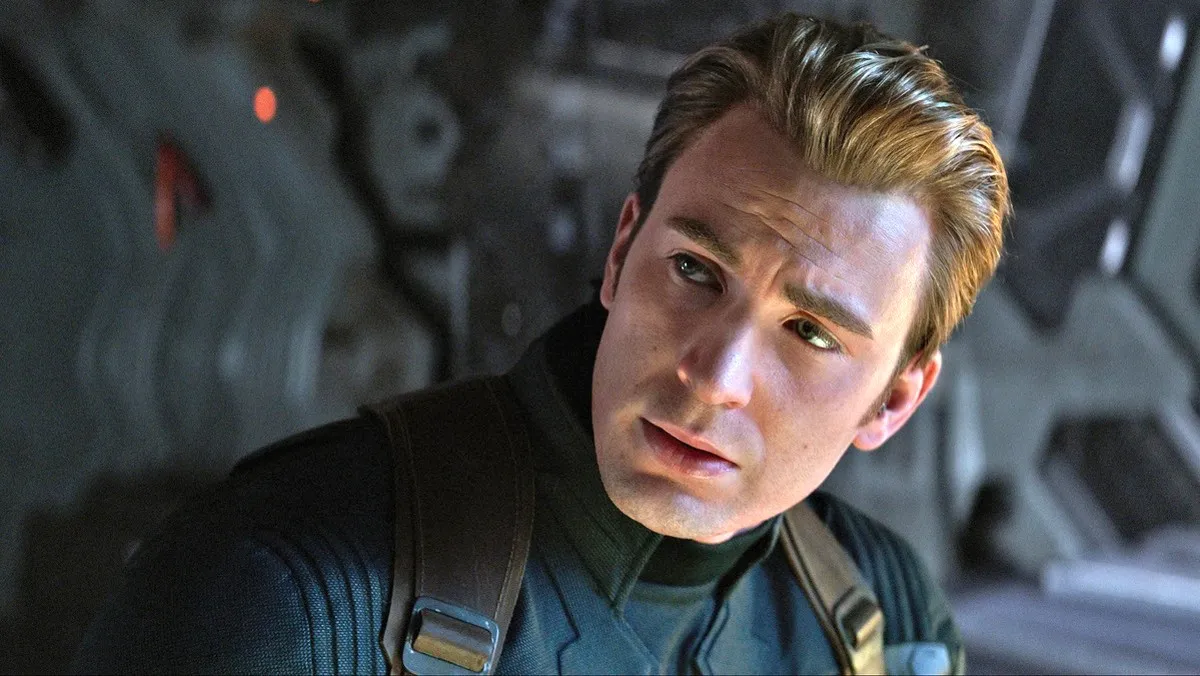Kickin’ ain’t easy.
From Bruce Lee to Toshiro Mifune, we considered all martial arts films of the last 90 plus years, beginning with Red Heroine from 1929 (which just missed our top 15). We considered all genres during our decision-making, and made some difficult conclusions to finalize our countdown of the 15 greatest martial arts movies ever made. The genres on our list include Kung Fu, Samurai, Wuxia (Chinese swordplay), Ninja and more. We list the genres beneath the movie title, along with the director and the country in which the film was made.
Bruce Lee and Gordon Liu both made the list twice with Toshiro Mifune making the the list twice as a lead and two other times in supporting roles. Hiroshi Inagaki and Lau Kar Leung each made the list twice as directors. Stars that somehow managed to not make our list include Jet Li, Ti Lung, David Chiang and Jimmy Wang Yu whose highly regarded One-Armed Swordsman was our biggest surprise non-entry.
If you like these kinds of lists, but not necessarily martial arts, check out another of this author’s lists, The Greatest Chinese Films of All Time.
Now, let the countdown begin.
The 15 greatest martial arts movies of all time
15. Drunken Master (1978)
- Kung Fu film from Hong Kong
- Directed by Yuen Woo Ping
No martial artist has more successful movies about him than the legendary Wong Fei Hung, a highly accomplished Hung Ga style practitioner who lived from 1847-1925. Over 100 films have been made about him, most famously the movie series starring Kwan Tak Hing who portrayed Fei Hung in 77 films over the course of 3 decades. The heroic Wong Fei Hung has also been portrayed by many others, including Jackie Chan in the 1978 kung fu classic Drunken Master.
In the film, he learns Drunken Boxing, which is a style of kung fu that utilizes techniques that imitate a drunken fighter moving fluidly yet unpredictably. The portrayal of this style on screen by Jackie Chan is high-level entertainment and the film is often considered Chan’s breakthrough as it was Hong Kong’s 2nd highest grossing movie of the year.
The idea of the film is based on a real-life happening, at least in the sense that So Chan (portrayed by Yuen Siu Tin) taught Wong Fei Hung the style of Drunken Boxing.
14. Ong Bak: Muay Thai Warrior (2003)
- Muay Thai film from Thailand
- Directed by Prachya Pinkaew
This is the breakout film of star Tony Jaa whose performance justifiably drew comparisons to many great martial arts movie stars of the past.
Jaa stars as a reluctant but exceptional fighter living in a small village in Thailand who ends up having to journey to the big city of Bangkok to restore peace in his home village.
The film is further appreciated in martial arts circles for going against what was popular within the genre at the time. Chinese swordplay films (known as wuxia films) were the most successful sub-genre of martial arts movies in the early 2000’s thanks to films such as Crouching Tiger, Hidden Dragon and Jet Li’s Hero. Introducing a Muay Thai film was completely unexpected yet proved to be widely successful.
13. Samurai II: Duel at Ichijoji Temple (1955)
- Samurai film from Japan
- Directed by Hiroshi Inagaki
The middle film of the highly acclaimed trilogy is its most underrated edition. The series is based on the lengthy story Mushashi by Eiji Yoshikawa, which is about the man who is considered the greatest samurai to ever live: Miyamoto Musashi. In the film series, Toshiro Mifune plays the heroic samurai and his growth in this 2nd film allows us to see the character as a true samurai for the first time as we also witness numerous duels on his journey of honor.
It also introduces Musashi’s arch rival, Kojiro Sasaki as played by Koji Tsuruta who nearly steals the show.
12. Heroes of the East (1978)
- Kung Fu film from Hong Kong
- Directed by Lau Kar Leung
The concept of this movie is one of the best in kung fu film history. The idea was to have the protagonist fight one match per day for several days but against the master of a different martial art each day.
Because this is a Chinese film, they decided that it will be a Chinese hero taking on Japanese fighters who all represent a different Japanese art including Judo, Kendo, Karate, Ninjutsu and more. The creators also thankfully decided to avoid the tournament style of movie and created a scenario where the hero fighter, played by Gordon Liu, is forced to engage in these bouts each day usually on the streets and he adapts to each Japanese style by using a different Chinese style that best counters it.
The result is that the entire 2nd half of this film is one fight after another.
11. Chushingura (1962)
- Samurai film from Japan
- Directed by Hiroshi Inagaki
The ultimate version of the 47 Ronin, this film takes viewers on a journey of revenge like no other. The story is about honor and sacrifice that has resonated for centuries in Japan and continues to be retold in many forms today.
The final half-hour showdown of this marathon movie shows the 47 ronin facing their rivals on a snowy night as they hunt the man they seek vengeance on, depicting the actual events of Dec 14, 1702.
10. Five Deadly Venoms (1978)
- Kung Fu film from Hong Kong
- Directed by Chang Cheh
This film is unique in that it’s a Hong Kong film more well known in America today than it is in Hong Kong or China. How is this possible? Well, there was a major kung fu boom in the mid-1970’s in America and what was popular in the U.S. didn’t always remain popular in China. Even Lo Meng, one of the noted Five Venoms of the film, stated a few years ago, “This movie still to this day gets a lot of attention in the United States and I could have never imagined that happening.”
Thanks to that American fanbase, it’s now considered one of the ultimate cult classics in movie history. In 2003, Entertainment Weekly ranked it as number 11 on their list of the Greatest Cult Classic Films of All Time, just one spot behind Shawshank Redemption.
As far as the movie itself, well, just watch the video above and you’ll understand what you’re in for.
9. Karate Kid (1984)
- Karate film from America
- Directed by John G. Avildsen
In the 1980 kung fu classic, Return to the 36th Chamber, the lead character sneaks into the Shaolin Temple to learn kung fu, but instead as a form of punishment is forced to work for the temple where his main duty is to build scaffolding. After he’s done, he doesn’t realize that he has actually learned kung fu.
This idea was utilized by the creators of Karate Kid. The main character is forced to do work around his teacher’s house, such as painting the fence, sanding the floor, and waxing cars. He doesn’t realize that he’s actually learning karate. The idea, along with an outstanding script from Robert Mark Kamen, and outstanding performances from Pat Morita and Ralph Macchio, helped Karate Kid become a major box office success and continues its story today through the series Cobra Kai.
8. Enter the Dragon (1973)
- Kung Fu film from Hong Kong & America
- Directed by Robert Clouse
Starring the irreplaceable Bruce Lee, this was the first kung fu film made by Hollywood, which was really a joint project with Hong Kong thanks to Golden Harvest. John Saxon and Jim Kelly also star in this kung fu extravaganza that earned 400 times its budget to become the most successful martial arts movie ever made.
The plot revolves around a small island near Hong Kong run by a suspected drug lord named Han. British intelligence need evidence to take him down, but the problem is that the island operates autonomously and there are no guns allowed. However, Han hosts an annual martial arts tournament there and it becomes the perfect opportunity to send a martial arts expert to the island who also happens to be a special agent played by Bruce Lee.
The tournament only acts as backdrop for the real combat which further elevated Bruce Lee to kung fu film superstardom. Sadly, he never experienced his peak popularity as he tragically passed away a month before the film’s release.
7. Sword of Doom (1966)
- Samurai film from Japan
- Directed by Khachi Okamoto
Wow. What a film. That was my reaction upon first seeing this movie despite it’s abrupt ending which offers no conclusion. You would think a movie with such an ending wouldn’t make this list, but that’s how great the film is otherwise. It should be noted that it was supposed to be the first of a trilogy, hence the no-ending ending, but the sequels never got made (though Satan’s Sword is the same trilogy from a few years earlier, if you choose to see the rest of the series).
Toshiro Mifune’s scene in the middle of this film is one of the best in samurai cinematic history, especially for a non-finale scene and occurs when the villain helps to try to assassinate a politician. Instead, they attack the wrong palanquin and it’s Mifune’s character, a master swordsman, that’s in it.
Sword of Doom is unusual in the sense that the main character is the villain, played hauntingly by Tatsuya Nakadai. His performance solidifies the film as a true samurai classic.
6. Shinobi no Mono 3: Resurrection
- Ninja film from Japan
- Directed by Kazuo Mori (aka Issei Mori)
Widely recognized as the greatest ninja film series ever made, Shinobi no Mono, known as Ninja: Band of Assassins in America, is a 9-film series starring the incomparable Raizo Ichikawa.
The series was filmed in black and white, enhancing the ninja appeal of the series. Unlike numerous other ninja films, these gems are not showcases of the absurd, but are rather mostly based on reality. They tell the tale of real-life ninjas and they manage to show real ninjutsu techniques throughout.
The first 3 films can be considered its own trilogy and star Raizo Ichikawa in the role of one of the legendary ninja, Goemon Ishikawa. The 2nd film ends with Goemon being caught by authorities and sentenced to death for an attempted assassination of the Shogun. He is placed in a large cauldron and boiled alive for everyone to see. This was the actual way Goemon died in real life in 1594, unless you believe in rumors. Of course, the 3rd film sticks to the rumors in order to make the best film of the series.
It begins with how Goemon survives, which I won’t spoil for you here, and it refocuses on Goemon’s attempt to assassinate the Shogun, Toyotomi Hideyoshi.
5. Dragon Inn (1967)
- Wuxia film from Taiwan
- Directed by King Hu
One of the most celebrated wuxia films in Chinese movie history, Dragon Inn is a groundbreaking film that established King Hu as a dynamic director whose work was clearly superior to any martial arts director of the era. It was his first film after leaving Shaw Brothers Studios where he made the wuxia classic Come Drink With Me a year earlier. If this were a top 20 countdown, then King Hu’s A Touch of Zen would also be on this list (and arguably can be in the top 10).
Dragon Inn was named by the Hong Kong Film Awards as the 6th greatest Chinese movie ever made and the single greatest Chinese martial arts film of all time. It set box office records throughout Southeast Asia and continues to be praised on numerous critic’s polls.
King Hu creates an intense atmosphere where the heroes and villains all end up at an obscure inn. Hu builds the tension to perfection, redefining wuxia “drama.” It features Shih Chun in the lead but it’s Polly Shang Kuan who emerges as the star despite it being her debut role. Her performance led her to a prolific career in Asian cinema. Also worthy of note is Miao Tian, who played villains with ease throughout his career and doesn’t disappoint in this masterpiece.
4. 36th Chamber of Shaolin (1978)
- Kung Fu film from Hong Kong
- Directed by Lau Kar Leaung
In my personal opinion, this is the quintessential kung fu film. Ranked by Time Out Magazine as the greatest martial arts movie ever made, this classic turned Gordon Liu into a star and spawned a sequel that inspired Karate Kid.
It marks Liu’s 2nd appearance on this list, as well as director Lau Kar Leung’s. Released in the U.S. as The Master Killer, it’s the first kung fu film to showcase someone training in martial arts throughout most of the movie which, quite honestly, sounds like a really bad idea, but Liu makes you enjoy every aspect of his training at the Shaolin Temple and we’re treated to the best sequence when his character creates the three-sectional staff in order to defeat a fellow monk in an exhibition.
When our hero’s training is complete, he embarks on his journey of vengeance and we see him use many of the techniques he learned at the temple, marking the first time that a kung fu film was able to have the main character apply what he was taught to such a large extent.
3. Crouching Tiger, Hidden Dragon (2000)
- Wuxia film from China & Taiwan
- Directed by Ang Lee
Named the greatest Chinese martial arts movie ever made by the Golden Horse Awards and also by Time Out Hong Kong magazine, Crouching Tiger, Hidden Dragon set global records. In the United States, it’s still the highest grossing foreign language film in history. It won 48 awards worldwide, including 4 Academy Awards including Best Foreign Language Film.
The movie is actually an adaptation of part 4 of the pentalogy book series known as the Crane Iron Series by Wang Du Lu.
Michelle Yeoh does a superb job playing a hero whose only fear is admitting she’s falling in love with Li Mu Bai, played extraordinarily by Chow Yun Fat. The movie made Zhang Ziyi an international star thanks in part to the complexity of her role, portraying a spoiled bride-to-be who decides to leave her apparently perfect life to join the martial arts underworld.
Also in the movie is the Queen of Swords herself, Cheng Pei-Pei. She earned that nickname in the mid-1960’s when she starred as the heroic figure in several wuxia films. This time, however, she plays the villainous Jade Fox to perfection.
2. Fist of Fury (1972)
- Kung Fu film from Hong Kong
- Directed by Lo Wei
It’s Bruce Lee’s finest film. Western audiences might debate Enter the Dragon but there is nothing like Fist of Fury, which not only showcased Bruce Lee in masterful form, but successfully played on Chinese pride and turned Bruce into a national hero.
Bruce’s on-screen charisma and intensity is unmatched. He even introduces nunchuks to film audiences for the first time and his choreography, though intelligent, relies on “fury” to make you believe you’re watching an unstoppable force.
Released in America initially as The Chinese Connection, it’s no surprise that Fist of Fury was named the greatest Chinese kung fu film ever made by the Golden Horse Awards, the Hong Kong Films Awards, and Time Out Hong Kong magazine. They all agree and so do we.
1. Seven Samurai (1954)
- Samurai film from Japan
- Directed by Akira Kurosawa
This is a true cinematic masterpiece, directed by the legendary Akira Kurosawa. It’s often considered not only one of the best martial arts films of all-time but one of the best films of any genre. In 2018, the BBC polled over 200 film critics worldwide in order to make a list of the greatest non-English speaking movies of all-time and Seven Samurai ranked #1.
When a small helpless village is being raided by bandits every harvest, the villagers finally decide to try and hire samurai to defend the village. They certainly have no money so they offer to pay with rice. When one samurai actually agrees, he tries to find others to gather for the cause and eventually we end up with seven men of honor (or, more accurately, six men of honor and one wild dude).
The script is exceptional, pulling the audience into the story of each individual samurai. The battles are well done, amplified by the preparation of them so that the audience can easily understand the areas of the village and the techniques used.
Despite being about a half hour shy of 4 hours long, the film is worth every minute. There’s outstanding acting throughout with Toshiro Mifune often given license to improvise which only helps his wild character stand out. The movie continues to inspire filmmakers today and anyone would be hard pressed to argue against it topping this or any such list.
For more on martial arts films, check out my Greatest Samurai Films of All Time or even a list counting down Bruce Lee’s Greatest Films.


